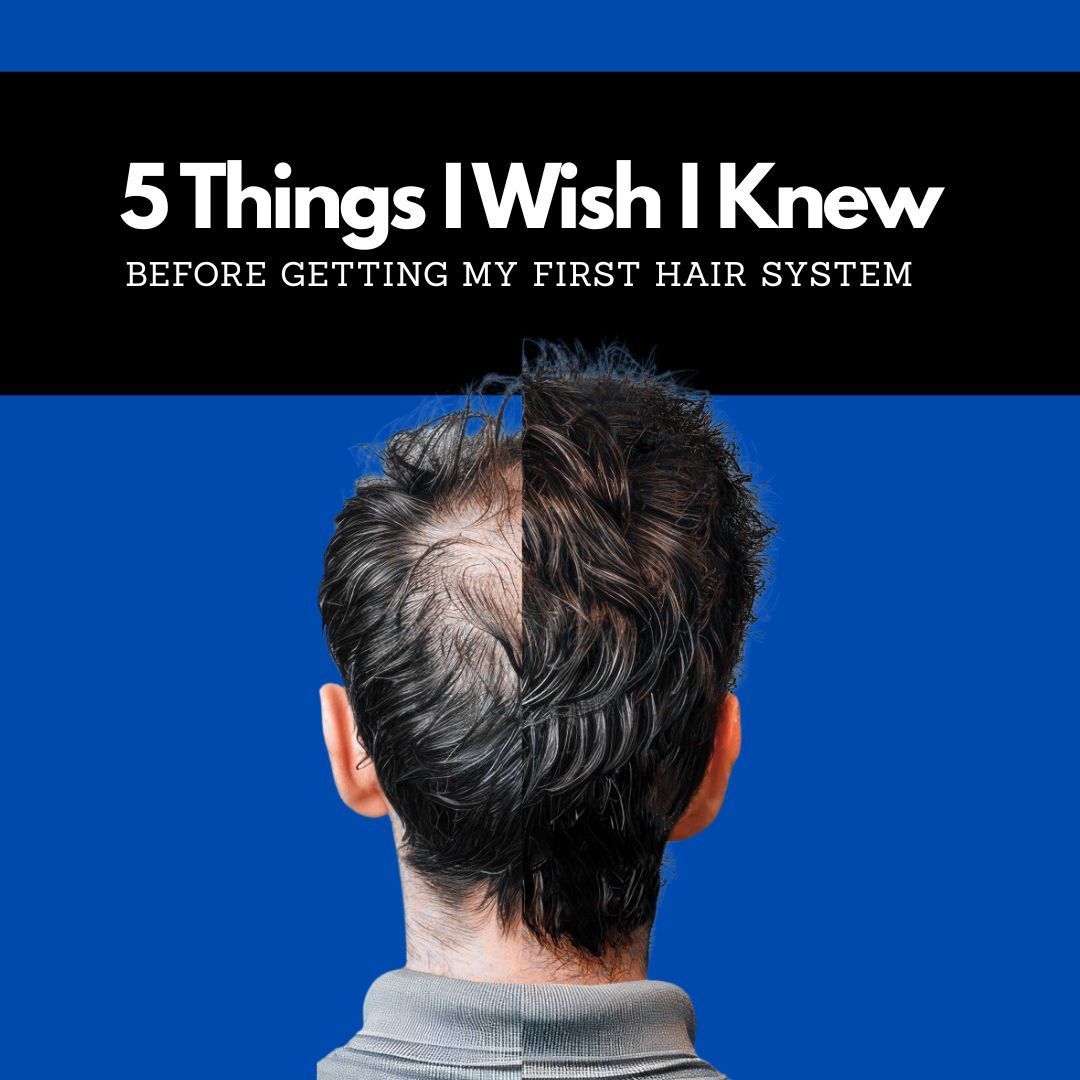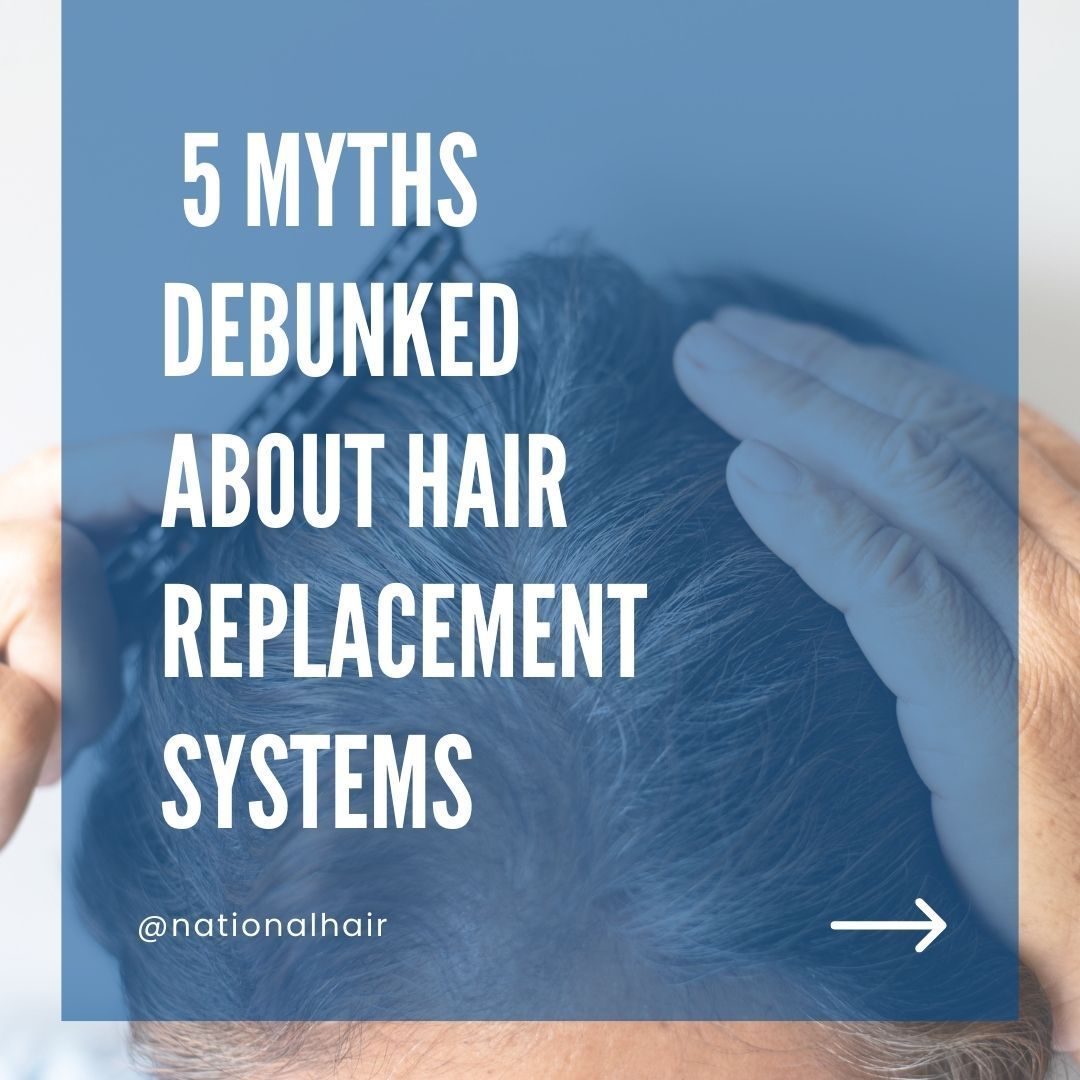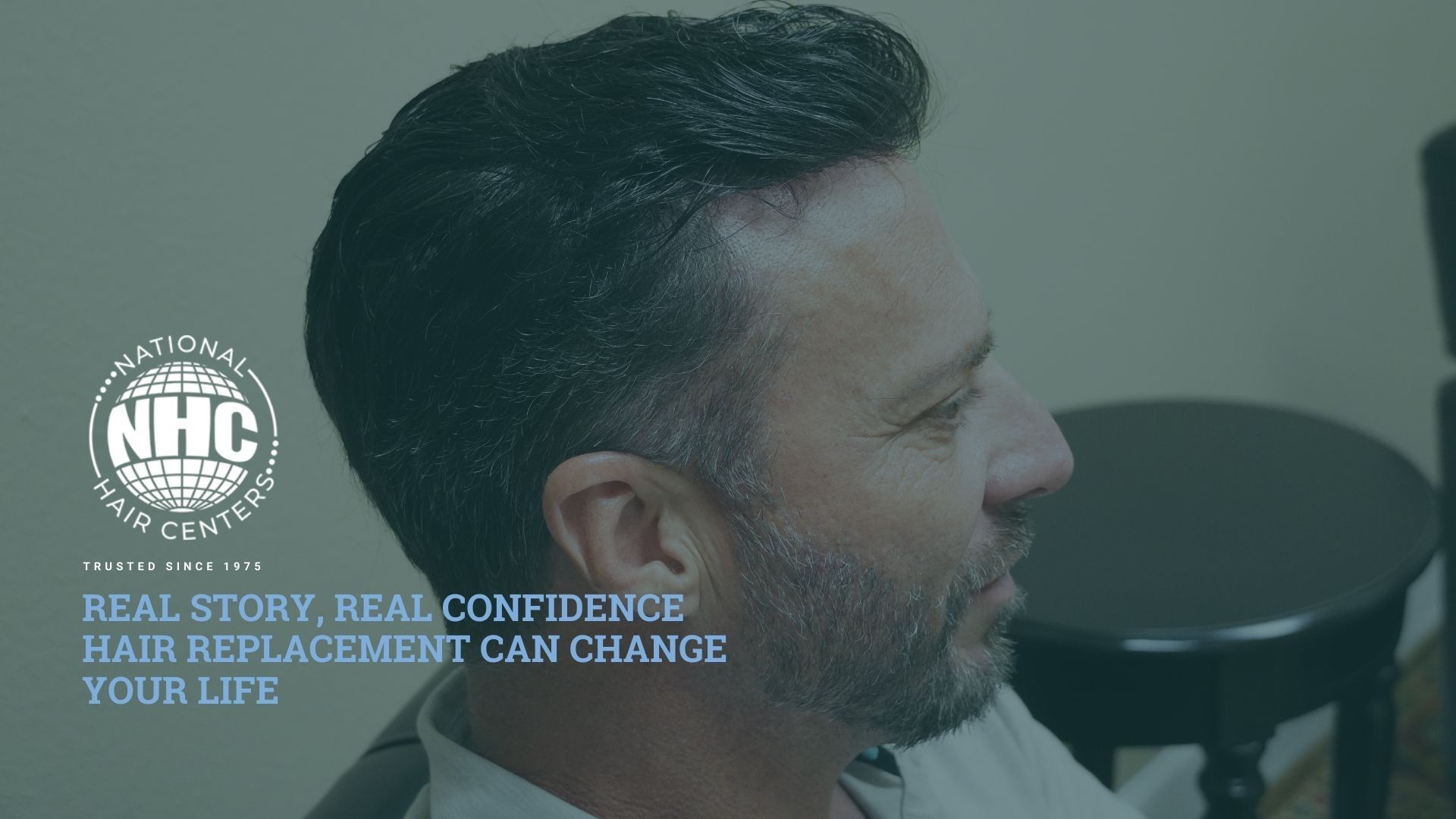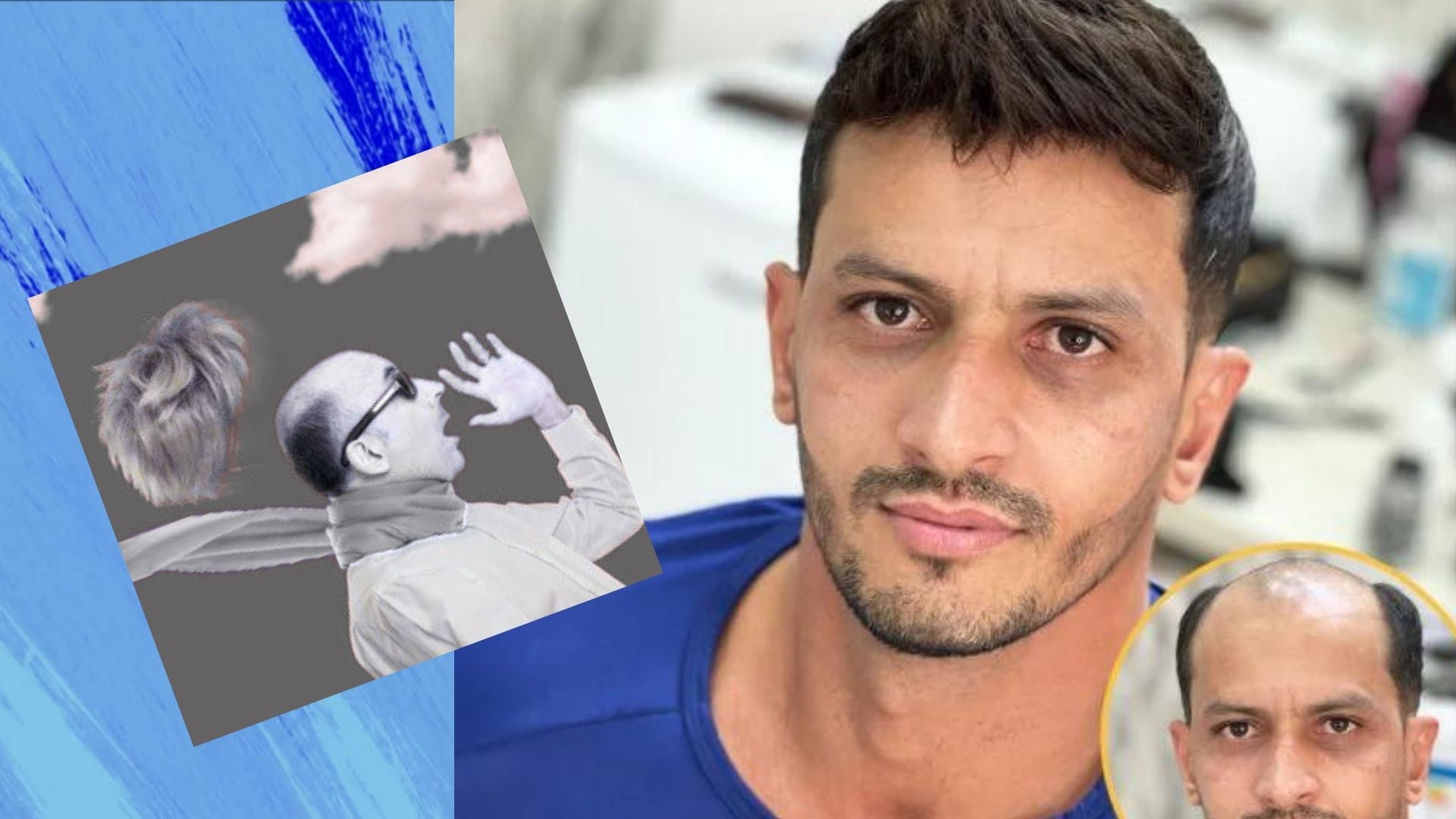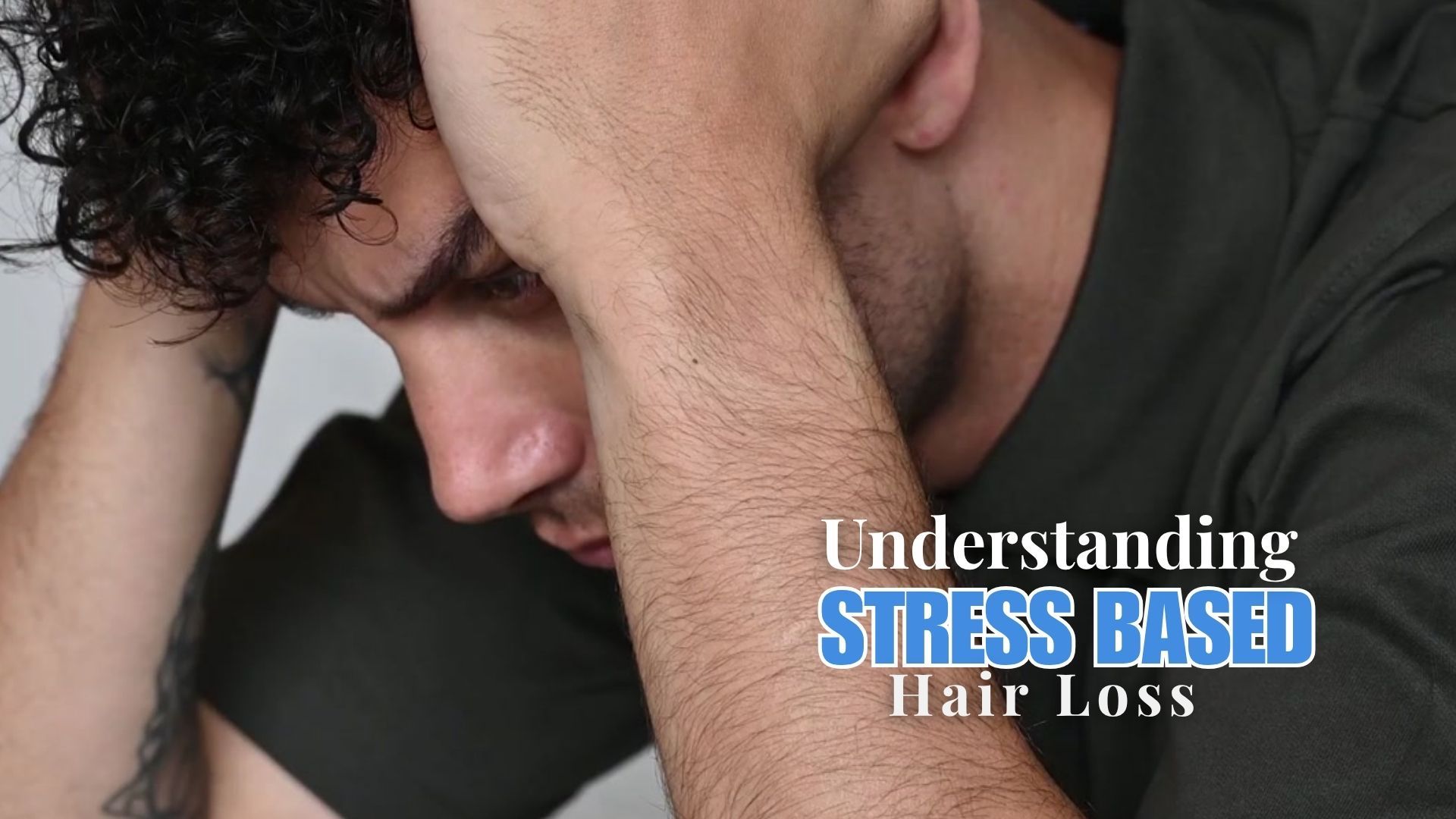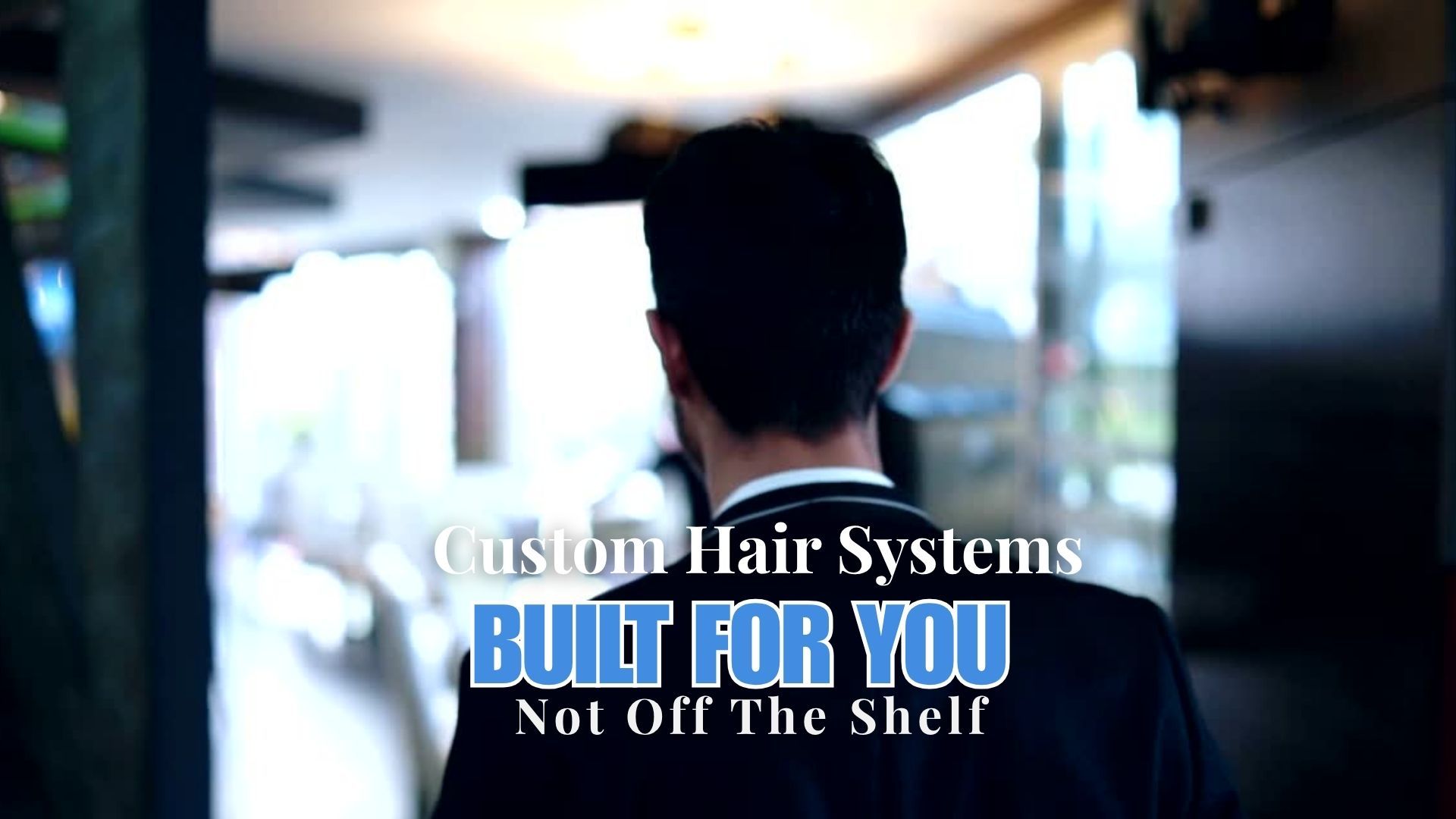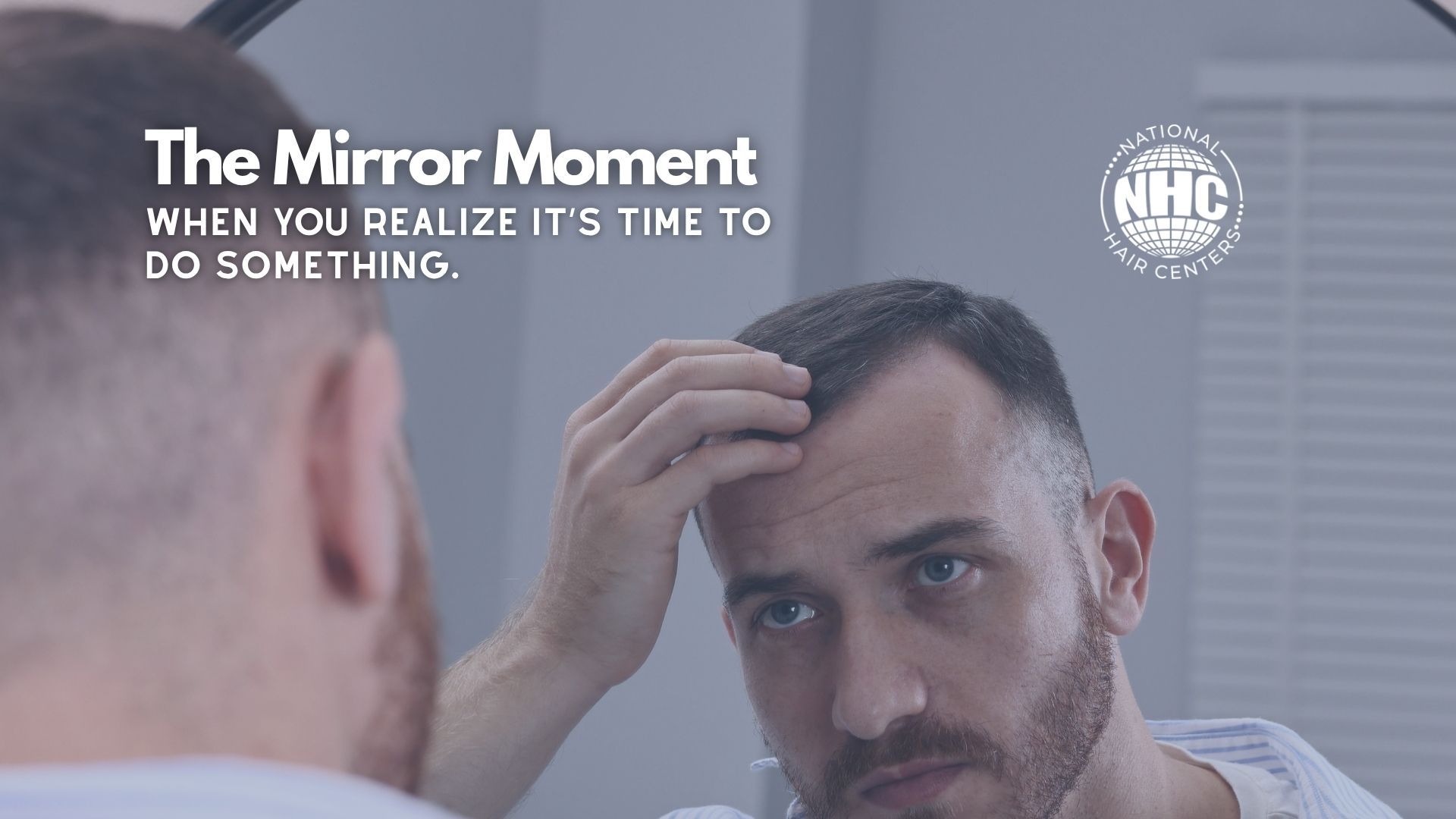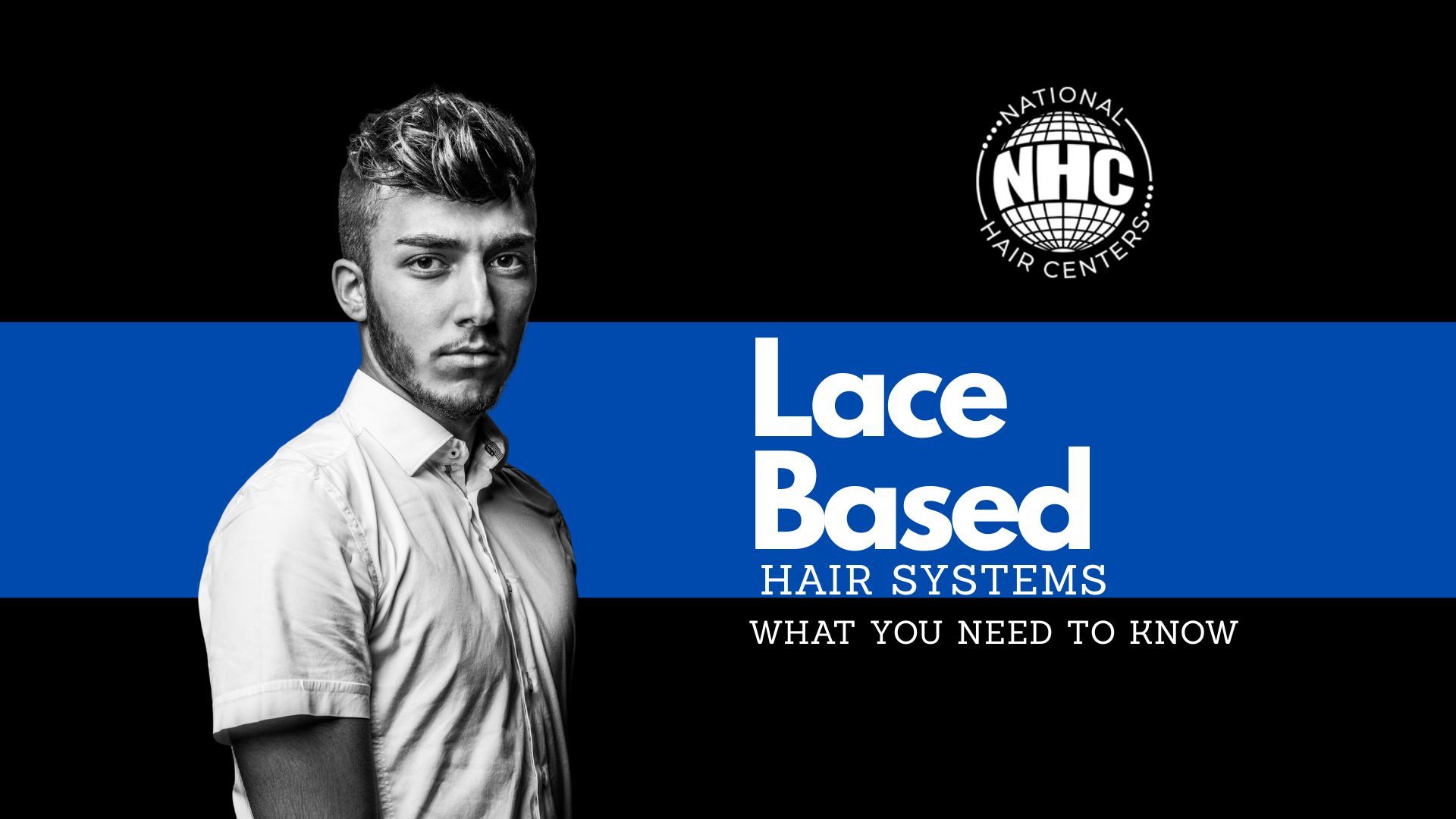Understanding Alopecia: Types & Treatments
Understanding Your Alopecia Diagnosis
Alopecia, or hair loss, can be a deeply personal challenge. When you're first diagnosed, the immediate concern often revolves around how to restore not just your hair but your confidence as well. While there are various causes and types of alopecia, two common forms are androgenetic alopecia (pattern baldness) and alopecia areata (autoimmune-related).
The good news is that advanced treatments, particularly hair systems, offer practical and non-invasive solutions that can immediately restore your look, regardless of the type or severity of your condition. This article will guide you through the most common types of alopecia and explore a range of solutions—including why hair systems have become a go-to option for many.
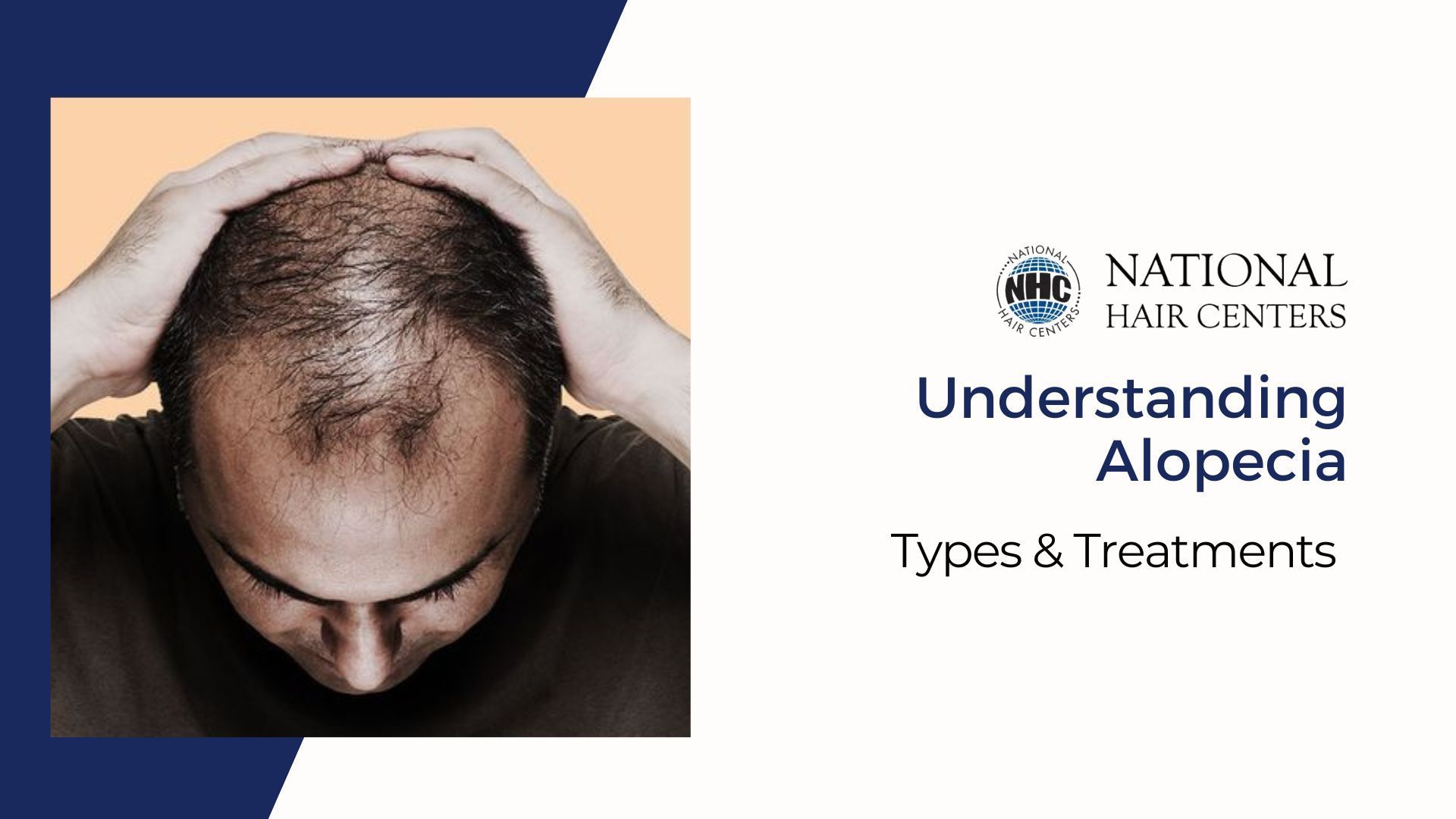
Androgenetic Alopecia: The Genetic Hair Loss Problem
Androgenetic alopecia, often referred to as male or female pattern baldness, is one of the most common forms of hair loss. This condition is caused by genetics and hormonal changes, especially the influence of dihydrotestosterone (DHT), which affects hair follicles over time. For men, this typically starts with a receding hairline and thinning at the crown. For women, androgenetic alopecia often leads to a widening part and general thinning across the scalp.
While medical treatments such as minoxidil and finasteride can slow hair loss and promote regrowth, many people seek more immediate solutions that offer full, natural-looking results without the waiting period. Hair systems are a non-invasive, high-quality option that can restore the appearance of a full head of hair without surgery, making them a popular choice for men and women experiencing androgenetic alopecia.
Autoimmune Alopecia: When Hair Loss Strikes Unexpectedly
In contrast to pattern baldness, autoimmune alopecia, such as alopecia areata, is caused by the immune system mistakenly attacking hair follicles, resulting in sudden, patchy hair loss. This condition can affect any hair-bearing area of the body and, in more severe cases, lead to complete scalp hair loss (alopecia totalis) or even loss of all body hair (alopecia universalis).
Due to its unpredictable nature, autoimmune alopecia can cause emotional distress. Medical treatments like corticosteroids and JAK inhibitors are used to suppress the immune response and encourage hair regrowth. However, the results can vary, and regrowth may not always be consistent or permanent.
For individuals seeking a reliable and instant solution, hair systems offer an ideal way to regain a natural look without the unpredictability of medical treatments. Customized hair systems provide full coverage and can be designed to match your hair’s natural texture, color, and density, allowing you to seamlessly restore your appearance.
Hair Systems: A Flexible, Non-Invasive Solution for Hair Loss
One of the standout solutions for both androgenetic and autoimmune alopecia is hair systems. These systems are designed to offer immediate results, restoring a full head of hair without surgery or downtime. Unlike wigs of the past, modern hair systems are crafted with precision, using high-quality materials that make them virtually undetectable.
Benefits of Hair Systems:
- Instant Results: Hair systems provide an immediate transformation, making them a perfect option for those who don’t want to wait for medical treatments to take effect.
- Non-Surgical: No invasive procedures or recovery time—just natural-looking hair that blends with your existing hair.
- Personalized: Hair systems are fully customizable to match your hair color, texture, and density, ensuring a perfect fit and a look that’s true to you.
- Low Maintenance: These systems are undetectable and easy to maintain, allowing you to live life confidently without worrying about your hair.
Whether you're dealing with androgenetic alopecia, autoimmune alopecia, or another type of hair loss, hair systems provide a reliable and aesthetically pleasing solution. You can regain the full, vibrant look you once had without surgery or extensive treatments.
Other Treatment Options: Hair Transplants and Medications
Though each type of alopecia presents differently, both can be managed with a variety of treatment options. Let's explore some of the most effective treatments available for both androgenetic and autoimmune alopecia.
Treatments for Androgenetic Alopecia:
- Topical Minoxidil: Often recommended as a first-line treatment, minoxidil helps stimulate hair regrowth and slow hair thinning.
- Oral Finasteride: This medication reduces DHT levels, which can slow the progression of hair loss in men.
- Hair Transplant Surgery: For those seeking a more permanent solution, hair transplantation offers a way to move healthy hair follicles from one area of the scalp to thinning or balding areas, providing natural and lasting results.
Treatments for Autoimmune Alopecia:
- Corticosteroids: Available in topical or injectable forms, corticosteroids help to suppress the immune system’s attack on hair follicles, encouraging hair regrowth.
- JAK Inhibitors: A newer class of drugs that has shown promise in treating alopecia areata by modulating the immune system response.
Visit National Hair Centers: Find the Right Hair Solution for You
At National Hair Centers, we specialize in providing personalized hair restoration solutions. Whether you're exploring non-surgical systems, hair transplants, or medications, our experienced specialists are here to help you navigate the best options for your unique situation.
Call or visit us today to learn more about our range of hair systems and other hair restoration treatments. Let us help you find the perfect solution to reclaim your hair—and your confidence.
